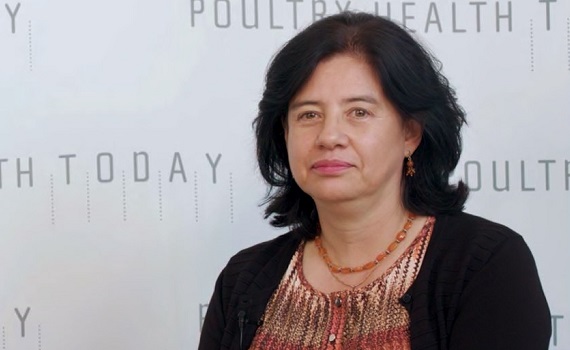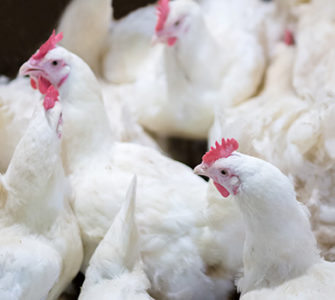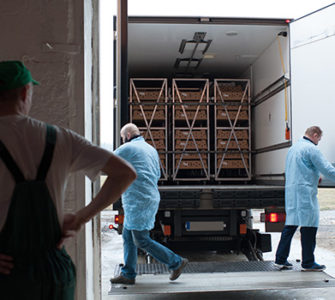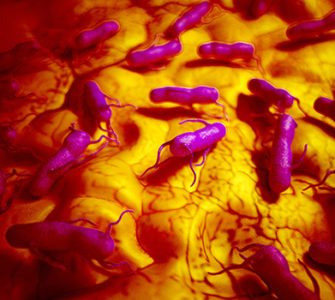Salmonella Infantis can complicate respiratory problems in broilers
Salmonella Infantis can become a persistent problem in broilers and exacerbate mortality when combined with infectious bronchitis, experience indicates at an integrated South American poultry company.
The company reported high day-old chick mortality and was excessively culling birds by 2 weeks of age in 2013. The birds that survived suffered from poor weight gain and feed conversion, Martha Pulido-Landinez, DVM, PhD, associate clinical professor, Avian Medicine, Mississippi State University, reported at the 2018 International Poultry Scientific Forum.1
Infectious bronchitis was identified as the primary pathogen causing the problem, but laboratory samples also identified the presence of S. Infantis throughout the integration, she noted.
Poor biosecurity
An evaluation of the 2013 outbreak at this particular operation demonstrated that poor biosecurity on the breeder farms resulted in low-quality hatching eggs. Bad hatchery practices, such as excess fluff in the vaccination area, were also identified. Add high density on broiler farms to the mix and the results were disastrous, she reported.
By 2017, the company had implemented better biosecurity practices and controlled infectious bronchitis through vaccination changes, which lowered mortality to under 5%.
In 2013, testing for Salmonella serotypes demonstrated the most predominant type was S. Infantis. Retesting was conducted in 2016-2017 to determine if S. Infantis was still prevalent at this company and was found in multiple places including litter, in chickens of different ages and in feces collected from the transportation cages. Most often, it was found at the processing plant during the post-chiller stage.
72% prevalence of S. Infantis
Baby chicks were healthy, despite a 72% prevalence of S. Infantis in broilers between 16 and 21 days of age. Broiler-house overcrowding and wet litter led to footpad dermatitis and dirty feathers, resulting in S. Infantis-positive birds entering the processing plant, she said.
At processing, scalding wasn’t effective in reducing the bacteria and led to accumulation of fat and S. Infantis in the chiller. Pulido-Landinez emphasized that post-chiller interventions are critical to reducing S. Infantis, which can be a cause of illness in humans.
1 Pulido-Landinez M. Salmonella Infantis biomapping in broiler chicken farms and processing plant: Identification and persistence of an emerging serotype in a broiler vertical integration. 2018 International Poultry Scientific Forum
Posted on October 26, 2018

















